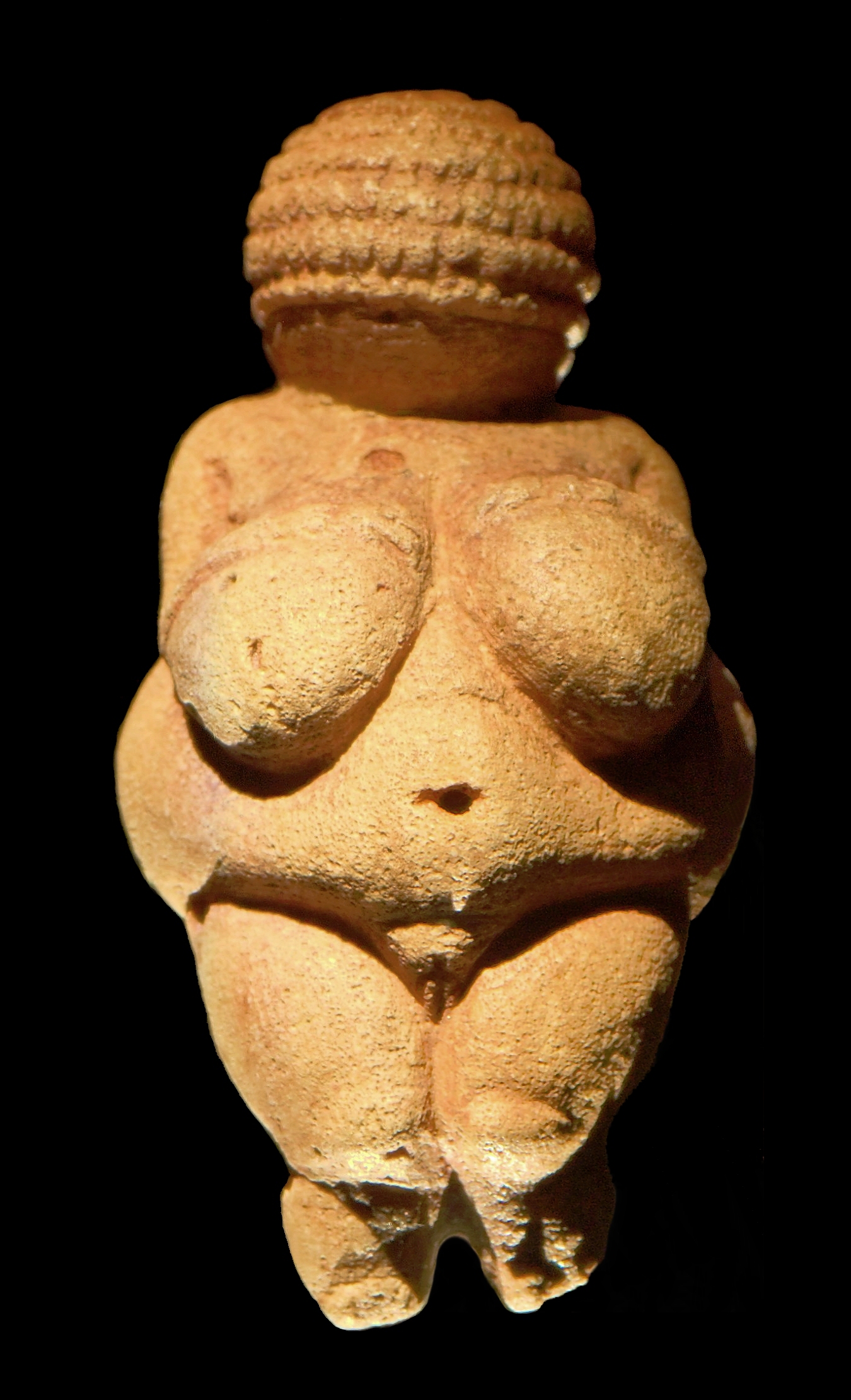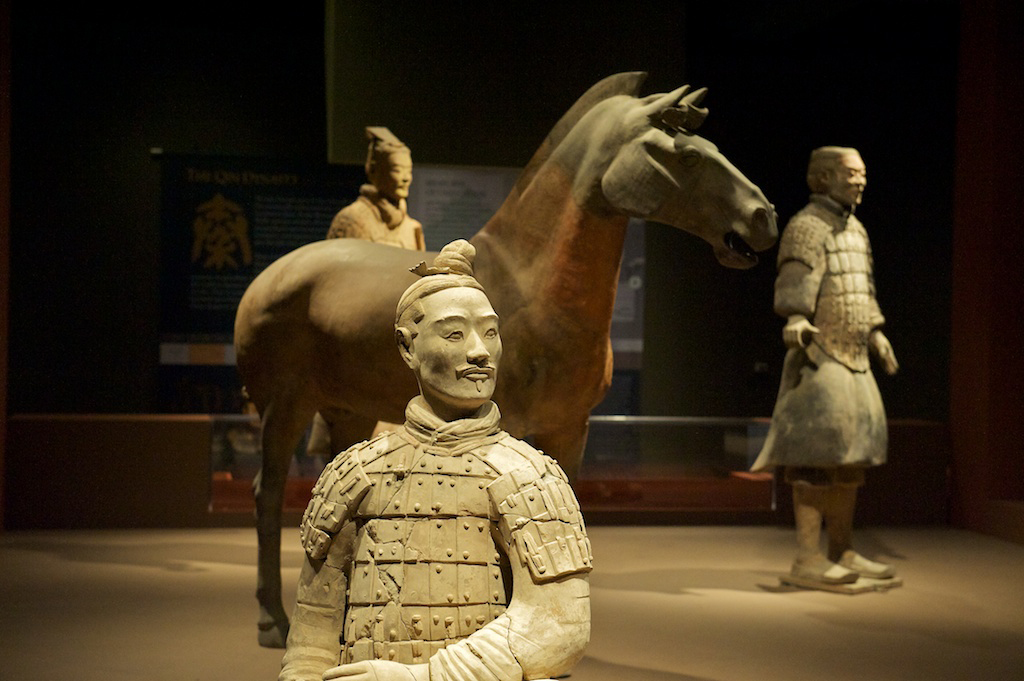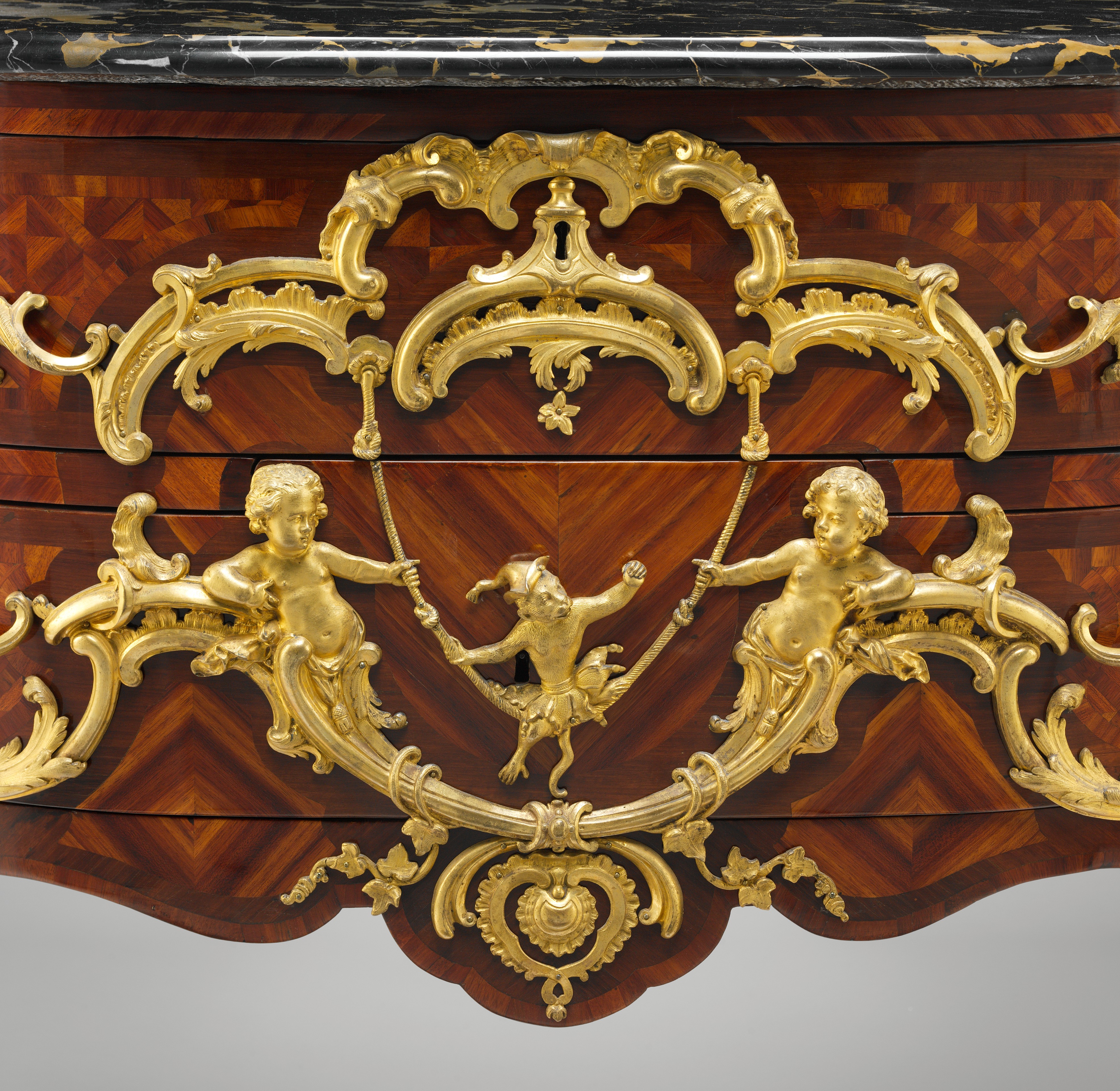|
Rococo
Rococo, less commonly Roccoco ( , ; or ), also known as Late Baroque, is an exceptionally ornamental and dramatic style of architecture, art and decoration which combines asymmetry, scrolling curves, gilding, white and pastel colours, sculpted moulding, and ''trompe-l'œil'' frescoes to create surprise and the illusion of motion and drama. It is often described as the final expression of the Baroque movement. The Rococo style began in France in the 1730s as a reaction against the more formal and geometric Louis XIV style. It was known as the "style Rocaille", or "Rocaille style". It soon spread to other parts of Europe, particularly northern Italy, Austria, southern Germany, Central Europe and Russia. It also came to influence other arts, particularly sculpture, furniture, silverware, glassware, painting, music, theatre, and literature. Although originally a secular style primarily used for interiors of private residences, the Rococo had a spiritual aspect to it which led to ... [...More Info...] [...Related Items...] OR: [Wikipedia] [Google] [Baidu] [Amazon] |
Baroque
The Baroque ( , , ) is a Western Style (visual arts), style of Baroque architecture, architecture, Baroque music, music, Baroque dance, dance, Baroque painting, painting, Baroque sculpture, sculpture, poetry, and other arts that flourished from the early 17th century until the 1750s. It followed Renaissance art and Mannerism and preceded the Rococo (in the past often referred to as "late Baroque") and Neoclassicism, Neoclassical styles. It was encouraged by the Catholic Church as a means to counter the simplicity and austerity of Protestant architecture, art, and music, though Lutheran art#Baroque period, Lutheran Baroque art developed in parts of Europe as well. The Baroque style used contrast, movement, exuberant detail, deep color, grandeur, and surprise to achieve a sense of awe. The style began at the start of the 17th century in Rome, then spread rapidly to the rest of Italy, France, Spain, and Portugal, then to Austria, southern Germany, Poland and Russia. By the 1730s, i ... [...More Info...] [...Related Items...] OR: [Wikipedia] [Google] [Baidu] [Amazon] |
European Art
The art of Europe, also known as Western art, encompasses the history of visual art in Europe. European prehistoric art started as mobile Upper Paleolithic rock and cave painting and petroglyph art and was characteristic of the period between the Paleolithic and the Iron Age. Written histories of European art often begin with the Aegean civilizations, dating from the 3rd millennium BC. However a consistent pattern of artistic development within Europe becomes clear only with Ancient Greek art, which was adopted and transformed by Rome and carried; with the Roman Empire, across much of Europe, North Africa and Western Asia. The influence of the art of the Classical period waxed and waned throughout the next two thousand years, seeming to slip into a distant memory in parts of the Medieval period, to re-emerge in the Renaissance, suffer a period of what some early art historians viewed as "decay" during the Baroque period, to reappear in a refined form in Neo-ClassicismMur ... [...More Info...] [...Related Items...] OR: [Wikipedia] [Google] [Baidu] [Amazon] |
Art Historians
The history of art focuses on objects made by humans for any number of spiritual, narrative, philosophical, symbolic, conceptual, documentary, decorative, and even functional and other purposes, but with a primary emphasis on its aesthetics, aesthetic visual form. Visual arts, Visual art can be classified in art#Forms, genres, media, and styles, diverse ways, such as separating fine arts from applied arts; inclusively focusing on human creativity; or focusing on different media such as architecture, sculpture, painting, film, photography, and graphic arts. In recent years, technological advances have led to video art, Digital art, computer art, performance art, animation, television, and Video game, videogames. The history of art is often told as a chronology of masterpieces created during each civilization. It can thus be framed as a story of high culture, epitomized by the Wonders of the World. On the other hand, vernacular art expressions can also be integrated into art h ... [...More Info...] [...Related Items...] OR: [Wikipedia] [Google] [Baidu] [Amazon] |
Volute
A volute is a spiral, scroll-like ornament that forms the basis of the Ionic order, found in the capital of the Ionic column. It was later incorporated into Corinthian order and Composite column capitals. Four are normally to be found on an Ionic capital, eight on Composite capitals and smaller versions (sometimes called ''helix'') on the Corinthian capital. The word derives from the Latin ''voluta'' ("scroll"). It has been suggested that the ornament was inspired by the curve of a ram's horns, or perhaps was derived from the natural spiral found in the ovule of a common species of clover native to Greece. Alternatively, it may simply be of geometrical origin. The ornament can be seen in Renaissance and Baroque architecture and is a common decoration in furniture design, silverware and ceramics. A method of drawing the complex geometry was devised by the ancient Roman architect Vitruvius through the study of classical buildings and structures. Gallery Ornamentation This ... [...More Info...] [...Related Items...] OR: [Wikipedia] [Google] [Baidu] [Amazon] |
Acanthus (ornament)
The acanthus () is one of the most common plant forms to make foliage ornament and decoration in the architectural tradition emanating from Greece and Rome. Architecture In architecture, an ornament (art), ornament may be carved into stone or wood to resemble leaves from the Mediterranean species of the ''Acanthus (plant), Acanthus'' genus of plants, which have deeply cut leaves with some similarity to those of the thistle and poppy. Both ''Acanthus mollis'' and the still more deeply cut ''Acanthus spinosus'' have been claimed as the main model, and particular examples of the motif may be closer in form to one or the other species; the leaves of both are, in any case, rather variable in form. The motif is found in decoration in nearly every medium. The relationship between acanthus ornament and the acanthus plant has been the subject of a long-standing controversy. Alois Riegl argued in his ''Stilfragen'' that acanthus ornament originated as a sculptural version of the palmette, ... [...More Info...] [...Related Items...] OR: [Wikipedia] [Google] [Baidu] [Amazon] |
Germain Boffrand
Germain Boffrand () (16 May 1667 – 19 March 1754) was a French architect. A pupil of Jules Hardouin-Mansart, Germain Boffrand was one of the main creators of the precursor to Rococo called the ''style Régence'', and in his interiors, of the Rococo itself. In his exteriors he held to a monumental Baroque, Late Baroque classicism with some innovations in spatial planning that were exceptional in France. His major commissions, culminating in his interiors at the Hôtel de Soubise, were memorialised in his treatise ''Livre d'architecture'', published in 1745, which served to disseminate the French Louis XV style throughout Europe. Biography Born at Nantes, the son of a provincial architect, Boffrand went to Paris in 1681 to study sculpture in the atelier of François Girardon, before entering the large official practice of Jules Hardouin-Mansart. His uncle, Philippe Quinault, introduced him to prospective clients among the aristocracy of Paris and at Court. He was employed fro ... [...More Info...] [...Related Items...] OR: [Wikipedia] [Google] [Baidu] [Amazon] |
Rocaille
Rocaille ( , ) was a French style of exuberant decoration, with an abundance of curves, counter-curves, undulations and elements modeled on nature, that appeared in furniture and interior decorative arts, decoration during the early reign of Louis XV of France. It was a reaction against the heaviness and formality of the Louis XIV style. It began in about 1710, reached its peak in the 1730s, and came to an end in the late 1750s, replaced by Neoclassicism. It was the beginning of the French Baroque movement in furniture and design, and also marked the beginning of the Rococo movement, which spread to Italy, Bavaria and Austria by the mid-18th century. Overview Rocaille was exuberant and inspired by nature like Rococo, but, unlike Rococo, it was usually symmetrical and not overloaded with decoration. It took its name from the mixture of rock, seashell and plaster that was used to create a picturesque effect in grottos during the Renaissance, and from the name of a seashell-shaped ... [...More Info...] [...Related Items...] OR: [Wikipedia] [Google] [Baidu] [Amazon] |
Chinoiserie
(, ; loanword from French '' chinoiserie'', from '' chinois'', "Chinese"; ) is the European interpretation and imitation of Chinese and other Sinosphere artistic traditions, especially in the decorative arts, garden design, architecture, literature, theatre, and music. The aesthetic of chinoiserie has been expressed in different ways depending on the region. It is related to the broader current of Orientalism, which studied Far East cultures from a historical, philological, anthropological, philosophical, and religious point of view. First appearing in the 17th century, this trend was popularized in the 18th century due to the rise in trade with China (during the High Qing era) and the rest of East Asia. As a style, chinoiserie is related to the Rococo style. Both styles are characterized by exuberant decoration, asymmetry, a focus on materials, and stylized nature and subject matter that focuses on leisure and pleasure. Chinoiserie focuses on subjects that were thought by Eu ... [...More Info...] [...Related Items...] OR: [Wikipedia] [Google] [Baidu] [Amazon] |
Hôtel De Soubise
The Hôtel de Soubise () is a city mansion '' entre cour et jardin''. It is located at 60 Rue des Francs-Bourgeois in the 3rd arrondissement of Paris, France. History The Hôtel de Soubise was built as an ''hôtel particulier'' for the Prince and Princess de Soubise on the site of a semi-fortified manor house named the ''Grand-Chantier'' built in 1375 for ''connétable'' Olivier de Clisson, that had formerly been a property of the Templars. The site previously contained the Hôtel de Guise, the Paris residence of the Dukes of Guise, a cadet branch of the House of Lorraine. It was the birthplace of the last Duke, Francis Joseph, Duke of Guise, the son of Élisabeth Marguerite d'Orléans, Duchess of Alençon. He died in 1675 and the Guise estate passed to Marie de Lorraine who died at the Hôtel in 1688 having been born there in 1615. On March 27, 1700, François de Rohan, prince de Soubise bought the Hôtel de Clisson, lately de Guise, and asked the architect Pierr ... [...More Info...] [...Related Items...] OR: [Wikipedia] [Google] [Baidu] [Amazon] |
Charles-Joseph Natoire
Charles-Joseph Natoire (3 March 1700 – 23 August 1777) was a French painter in the Rococo manner, a pupil of François Lemoyne and director of the French Academy in Rome, 1751–1775. Considered during his lifetime the equal of François Boucher, he played a prominent role in the artistic life of France. He is remembered above all for the series of the ''History of Psyche'' for Germain Boffrand's oval ''salon de la Princesse'' in the Hôtel de Soubise, Paris, and for the tapestry cartoons for the series of the ''History of Don Quixote'', woven at the Beauvais tapestry manufacture, most of which are present at the Château de Compiègne. First Roman stay (1723–1729) He was born in Nîmes. His sister, Jeanne, was a pastellist. Natoire's father Florent Natoire, a sculptor, gave him his fundamental training in drawing, then sent him to Paris in 1717 to complete his training, first in the atelier of Louis Galloche (1670–1761), ''peintre du Roi'' and professor at the Ac ... [...More Info...] [...Related Items...] OR: [Wikipedia] [Google] [Baidu] [Amazon] |
Art Nouveau
Art Nouveau ( ; ; ), Jugendstil and Sezessionstil in German, is an international style of art, architecture, and applied art, especially the decorative arts. It was often inspired by natural forms such as the sinuous curves of plants and flowers. Other characteristics of Art Nouveau were a sense of dynamism and movement, often given by asymmetry or whiplash lines, and the use of modern materials, particularly iron, glass, ceramics and later concrete, to create unusual forms and larger open spaces.Sembach, Klaus-Jürgen, ''L'Art Nouveau'' (2013), pp. 8–30 It was popular between 1890 and 1910 during the Belle Époque period, and was a reaction against the academicism, eclecticism and historicism of 19th century architecture and decorative art. One major objective of Art Nouveau was to break down the traditional distinction between fine arts (especially painting and sculpture) and applied arts. It was most widely used in interior design, graphic arts, furniture, glass ... [...More Info...] [...Related Items...] OR: [Wikipedia] [Google] [Baidu] [Amazon] |







